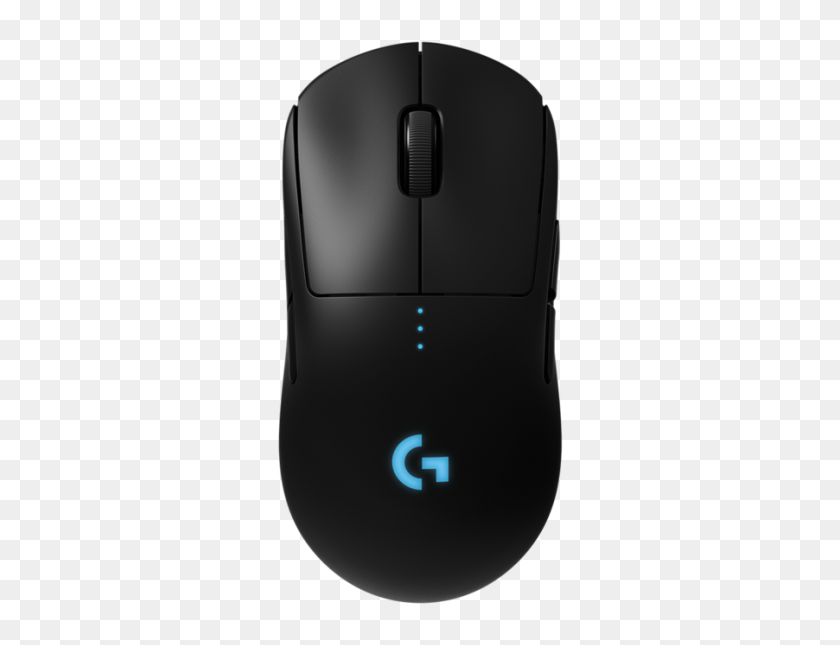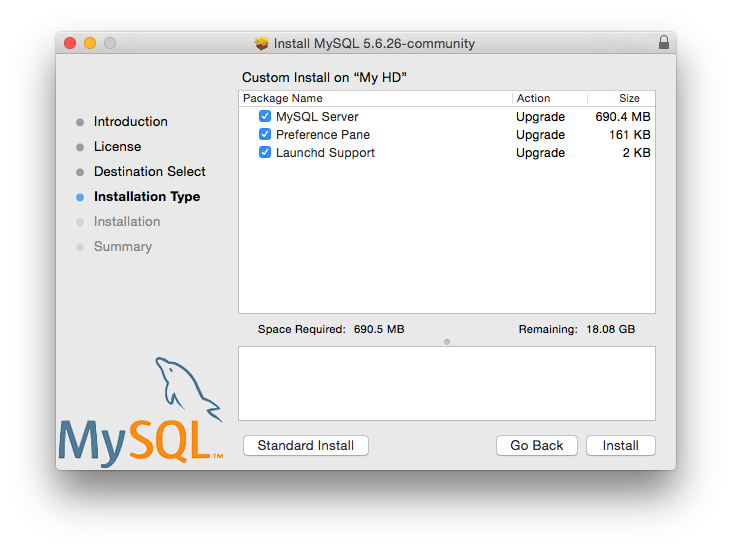- Mysql App For Mac Catalina
- Mysql Software Download For Mac
- Mysql App For Mac Free
- Install Mysql For Mac
Full MySQL Support. Sequel Pro is a fast, easy-to-use Mac database management application for working with MySQL databases. Perfect Web Development Companion. Whether you are a Mac Web Developer, Programmer or Software Developer your workflow will be streamlined with a native Mac OS X Application! In addition to the core installation, the Package Installer also includes Chapter 3, Installing a MySQL Launch Daemon and Chapter 4, Installing and Using the MySQL Preference Pane, both of which simplify the management of your installation. Navicat for MySQL, DBeaver, and Sequel Pro are probably your best bets out of the 15 options considered. 'Excellent choice of import/export options' is the primary reason people pick Navicat for MySQL over the competition. This page is powered by a knowledgeable community that helps you make an informed decision. Seamlessly handles pesky key changes when AWS servers get swapped out. Very useful for quick DB edits or references. Just wish I could do iOS split screen mode. I use this along with Navicat for PostGreSQL and would love to use both, side by side, like I do on the Mac.
Part 1
1. SQLiteManagerFeatures and functions:
· Thisfree database software for Macprovides a complete support platform for REALSQL servers.
· The SQLiteManager not just supports SQLite2 and SQLLite3, but also supports the conversion of a SQLite2 database into one of SQLite3.
· This database software provides certain advanced features that have been built into the software, such as query optimizer, language reference and virtual machine analyzer, etc.
Pros of SQLiteManager:
· Most database operations - be it insert, delete, table view, triggers - all are handled effectively by SQLiteManager. Tables can be dropped, created, or renamed with no hindrance.
· This database software not just helps as a query machine but also helps generate reports effectively.
· Blob data can be read and shown by SQLiteManager in TIFF, JPEG, or QuickTime format.
· Importing and/or exporting mechanism is effectively handled.
Cons of SQLiteManager:
Free X server for Windows with tabbed SSH terminal, telnet, RDP, VNC and X11-forwarding - Download. Download Super Smash MOBA PC for free at BrowserCam. NSaiDo Ent published the Super Smash MOBA Game for Android operating system mobile devices, but it is possible to download and install Super Smash MOBA for PC or Computer with operating systems such as Windows 7, 8, 8.1, 10 and Mac.  MobaXterm for Mac OS X: Best alternatives Our editors hand-picked the best Mac alternatives to MobaXterm, go ahead and check them out, rate them, or add new ones you find fitting. Which popular Mac MOBA game is best for newcomers? Teamwork is crucial in a MOBA like League of Legends, but so is knowing when and how to split up on the large map. Terminator, multiple terminals in one window. The goal of this project is to produce a.
MobaXterm for Mac OS X: Best alternatives Our editors hand-picked the best Mac alternatives to MobaXterm, go ahead and check them out, rate them, or add new ones you find fitting. Which popular Mac MOBA game is best for newcomers? Teamwork is crucial in a MOBA like League of Legends, but so is knowing when and how to split up on the large map. Terminator, multiple terminals in one window. The goal of this project is to produce a.
· Although frequently used SQL queries are specially categorized, it is a drawback that frequently used databases are not listed up separately. Using the file dialogue each time does get tedious.


· This database manager works perfect for simple queries but fails to handle complex or large filter criteria.
User comments/reviews:
· SQLiteManager is a fairly thorough app. It provides a neat GUI into SQLite if you know your SQL.
· It offers basic data viewing/editing facilities.
· Unlike many alternative applications, SQLiteManager does open SQLite database files on AppleShare volumes, uses a proper Mac OS Cocoa GUI (not ugly Java) and allows editing of views.

http://www.macupdate.com/app/mac/14140/sqlitemanager
Screenshot:
The package is located inside a disk image (.dmg) file that you first need to mount by double-clicking its icon in the Finder. It should then mount the image and display its contents.
Before proceeding with the installation, be sure to stop all running MySQL server instances by using either the MySQL Manager Application (on macOS Server), the preference pane, or mysqladmin shutdown on the command line.
To install MySQL using the package installer:
Download the disk image (
.dmg) file (the community version is available here) that contains the MySQL package installer. Double-click the file to mount the disk image and see its contents.Figure 2.1 MySQL Package Installer: DMG Contents
Double-click the MySQL installer package from the disk. It is named according to the version of MySQL you have downloaded. For example, for MySQL server 5.7.33 it might be named
mysql-5.7.33-osx-.10.13-x86_64.pkgThe initial wizard introduction screen references the MySQL server version to install. Click to begin the installation.
Figure 2.2 MySQL Package Installer Wizard: Introduction
The MySQL community edition shows a copy of the relevant GNU General Public License. Click and then to continue.
From the Installation Type page you can either click to execute the installation wizard using all defaults, click to alter which components to install (MySQL server, Preference Pane, Launchd Support -- all enabled by default).
Although the option is visible, the installation location cannot be changed.
All converter pro for mac serial. Figure 2.3 MySQL Package Installer Wizard: Installation Type
Figure 2.4 MySQL Package Installer Wizard: Customize
Click to begin the installation process.
After a successful installation, the installer displays a window with your temporary root password. This cannot be recovered so you must save this password for the initial login to MySQL. For example:
Figure 2.5 MySQL Package Installer Wizard: Temporary Root Password
MySQL expires this temporary root password after the initial login and requires you to create a new password.
Summary is the final step and references a successful and complete MySQL Server installation. the wizard.
Figure 2.6 MySQL Package Installer Wizard: Summary
MySQL server is now installed, but it is not loaded (or started) by default. Use either launchctl from the command line, or start MySQL by clicking 'Start' using the MySQL preference pane. For additional information, see Chapter 3, Installing a MySQL Launch Daemon, and Chapter 4, Installing and Using the MySQL Preference Pane. Use the MySQL Preference Pane or launchd to configure MySQL to automatically start at bootup.
When installing using the package installer, the files are installed into a directory within /usr/local matching the name of the installation version and platform. For example, the installer file mysql-5.7.33- installs MySQL into osx10.13-x86_64.dmg/usr/local/mysql-5.7.33-osx10.13-x86_64/ . The following table shows the layout of the installation directory.
Mysql App For Mac Catalina
Table 2.1 MySQL Installation Layout on macOS
Mysql Software Download For Mac
| Directory | Contents of Directory |
|---|---|
bin | mysqld server, client and utility programs |
data | Log files, databases |
docs | Helper documents, like the Release Notes and build information |
include | Include (header) files |
lib | Libraries |
man | Unix manual pages |
mysql-test | MySQL test suite |
share | Miscellaneous support files, including error messages, sample configuration files, SQL for database installation |
support-files | Scripts and sample configuration files |
/tmp/mysql.sock | Location of the MySQL Unix socket |
Mysql App For Mac Free
Install Mysql For Mac
During the package installer process, a symbolic link from /usr/local/mysql to the version/platform specific directory created during installation will be created automatically.
